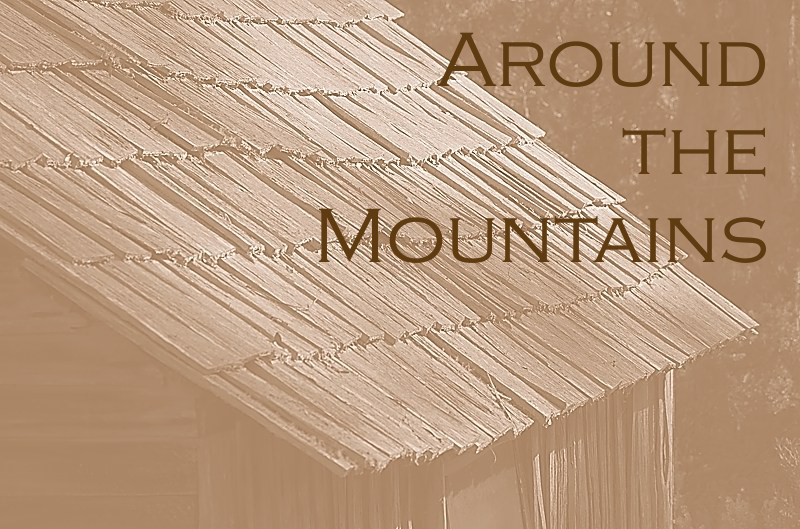 |
The Endurance tin mine, northeast Tasmania, favourite local recreational site. (Detail from Google maps)
This site includes the blue lakes. |
The Blue Lake near Pioneer in Northeast Tasmania has been held up as proving that mining is no barrier to attracting tourists.
This website was used as evidence that tourists were being encouraged to visit the place, and that it was a significant "attraction". Indeed, mines often attract tourists. I've been in two underground tourist gold mines in Kalgoorlie, one of which has now "disappeared", so to speak, as it once existed in the void that is now the super-pit. Tourists stop to look at the super-pit too, because it is so gobsmackingly huge. Old mines can be interesting things to find and explore, and no doubt there is a group of tourists who deliberately travel to see mines. I suspect they are a very much smaller "niche" than those who travel to see natural wonders. Let's be honest, mines are NOT natural, they generally have a rather deleterious effect on the area in which they are located for at least a significant period of time. Overall though, the idea that eventual mining tourism or remediated mines posing as recreational sites might be some sort of mitigation for the loss of natural values has to be seen as tenuous.
The Blue Lake is no doubt an interesting feature. (
Photos here) I've been there a few times. It is part of the area of the Endurance tin mine. I first visited in 1981 while the mine was still operating, as part of an extensive northeast Tasmania geology excursion. We saw the water-blasting in the pit from next to the water cannon, having walked down a dubious slope of waterlogged quartz slush. It was very interesting. The mine closed in 1982 apparently, and the pits have filled with water forming "lakes". Since then I've visited in the mid to late 1980s and again in the early 2000s. I'll have to go again. If anyone knows of significant remediation done here in the last 10 years, do let me know. There is no obvious information about such efforts available online, although I'm still looking.
There are several of these "lakes". One is actually called the Blue Lake, being the largest and furthest from the road. The closest to the road is known as the Little Blue Lake or the Tourist Blue Lake, but appears in most photos named as the Blue Lake. It is the iridescent lake photographed most often. The larger lakes appear to now be used for water recreation, including water-skiing. The area is described as "well renowned" and "remediated", probably by someone who doesn't know their a__e from their elbow. (
Guide located here.) This place is not as idyllic as it might seem.
This mine, and two other large mines in the area, are known for leaching acid into the Ringarooma River. This is a river down which huge amounts of mine waste has been flushed over the last 150 years - 40 million cubic metres is
one estimate (p43).
Google Maps shows the story, and documents available from Mineral Resources Tasmania add the details of this rather toxic place.
Two main studies have been done on (i) the movement of acidic water from the mine area into Ruby Lagoon, and subsequently into the Ringarooma River and (ii) the lack of success of attempts to re-vegetate this obviously damaged area. The whole area can be seen clearly in
Google Maps, and is some kilometres in length.
A report summarising these studies is found here:
http://www.mrt.tas.gov.au/mrtdoc/dominfo/download/REHAB2001_04/REHAB2001_04.pdf
The Lakes get their colour from minerals. The tourist lake has suspended white kaolin clay particles which makes it an iridescent milky blue. There are heavy metals present too, although in general these are not at high concentrations. Apparently people swim in it, but I'm not sure I'd be keen. On the other hand, I suspect the heavy mineralisation might mean the water doesn't support any lifeforms that might be harmful to us. The whole area has very high concentrations of Aluminium, Iron and Tin in all of the water.
This study provides details of the water quality.
The water leaches out of the lakes, and from general rainfall runoff, through the huge area which has either been mined, or is where the tailings were placed. The water is quite acidic, although it varies, and continues to end up in the Ringarooma River. Yum!
There have been a couple of major attempts to re-vegetate the area, but neither has been very successful. There is little natural soil over much of the mine area, and the mine detritus is deficient in some nutrients needed by most plants. In addition there are aspects of the tailings which may actually be poisoning the plants, including Aluminium and Iron. Vegetation is only expected to return very slowly. Making it harder is the fact that 4WDs have obviously damaged some of the vegetation. I suppose this was predictable.
Ironically, while apparently the people of the northeast are enjoying the blue lakes as a sort of heavy-metal, mineralised bogan paradise, the mine is still available for operation, and is in fact being
flogged online here. They reckon there's
3,663 tonnes of cassiterite in the Endurance mine. I wonder if anyone would be allowed to start this mine up again, given the likelihood of additional pollution of the river. The locals might like it the way it is, but it's hardly going to drive any sort of tourist boom.
Nearby Mount Cameron might be more attractive though, if you can work out how to climb it. We did many years ago after a couple of abortive forays were brought up short by granite cliffs. I think perhaps it's time for a trip.
Happy to correct any errors in here.
















































